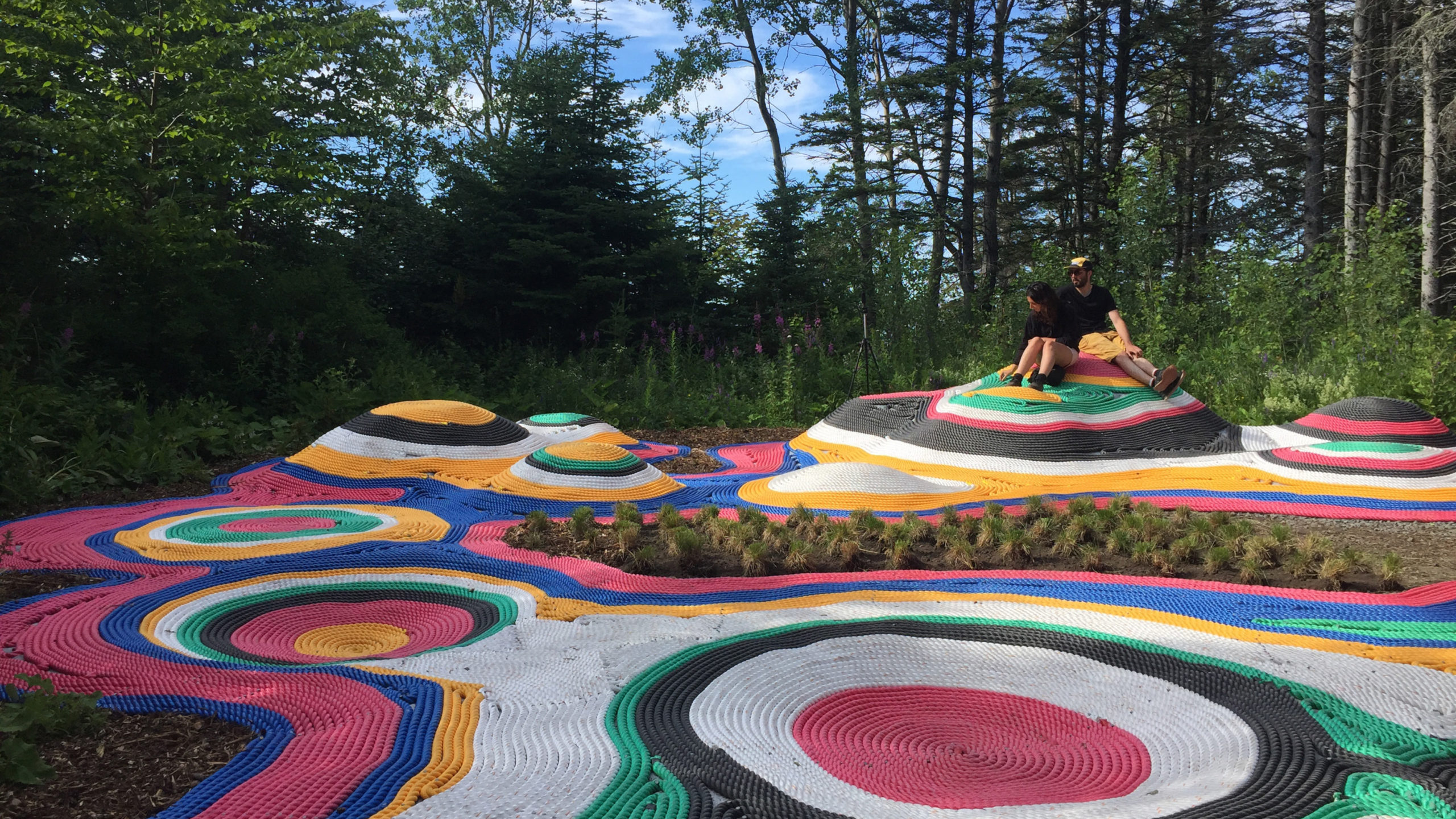Architectural Augmentation
Lectures
For the past decade, the human role has often been neglected in discussions of computational design and automation. However, rapid developments in AI & AR are opening the possibilities for a closer relationship between humans, computers, and machines, requiring multiple fields and industries to rethink the role of humans in the production chain. It raises an interesting question about how these developments will impact the architectural design and construction industries, as well as how it will shape the physical environment of our future in a broader sense. In this article, several research projects are presented as case studies to discuss the issue and pose further questions on how architects should respond.
Following the internet age, it has been suggested that we are entering a new era of the ‘Augmented Age’ (King 2016). Physicist Michio Kaku imagines the future in which architects rely heavily on
– Augmented Reality technologies (Kaku 2015). Although Augmented reality is not a new concept, the technology has only broken into the mainstream with development of consumer Augmented Reality devices (Coppens 2017) in the last five years. This has rapidly opened up possibilities in almost every aspect of our daily lives and is expected to greatly impact every field in the near future, including design and fabrication (Hahm et al. 2019). The timing is right to think about the impact of Mixed Reality (MR)/Augmented Reality (AR) technologies on the building industry.
With the commercialization of various devices, VR and AR are becoming increasingly popular topics in numerous industries, including design and architecture. Currently, within the architectural practices, it is predominantly used for VR/AR integrated BIM management and presentation purposes. However, while being used as a powerful tool for visualization of building data and immersion into rendered spaces, the potential of Mixed Realities in the design process has remained largely unexplored.
In academia, there has been a growing global trend of experimenting with the impact of VR/AR in space and city design. Many well-known academics have been working with the impact of personalized interactions on the modeling of the cities. Similar projects dealing with psychologies of human experiences, are widespread within media arts. While most of these studies are confined to interactions with virtual matter and intangible worlds, there have been few studies examining the impact of these technologies on physical reality. For this reason, we directed our research towards the interface between real and virtual, and the dialogue of these two disconnected worlds through data.
It is important to note that “Augmentation” as a term covers a broad spectrum. It is a change of state through addition or extension. Augmentation can be applied to a physical reality, but it can also relate to extension of human capabilities. This article focusses on the latter, posing questions on the future of design and construction, exemplified through various research projects. The following sections introduce a few projects that we have developed within the authors practice, institute or/and institutional collaborations, to explore and testify our ideas. The projects are categorized into Augmented Fabrication Research projects and Augmentation Design Research projects. While the former will focus more on a narrower concept of ‘Augmentation” which deals with specific fabrication approaches using Augmented Reality devices; the later discusses more of the wider concept of “Augmentation”, such as the relationship between the city environment and personalized human experiences.
Code for Design / NJ Channel [ Visit Youtube ]
Steampunk Pavilion [ Visit ] [ Short Version ]
SD Showreel [ Visit ]
Platform City Showreel [ Visit ]
Lecture Slides [ Edit ]

